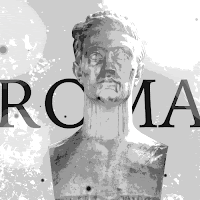Modern video cameras have numerous designs and uses, not all of which resemble the early television cameras.
Professional video cameras, such as those used in television production and sometimes filmmaking in digital cinema; these may be television studio-based or mobile in the case of an electronic field production (EFP). Such cameras generally offer extremely fine-grained manual control for the camera operator, often to the exclusion of automated operation.
Camcorders, which combine a camera and a VCR or other recording device in one unit; these are mobile, and are widely used for television production, home movies, electronic news gathering (ENG) (including citizen journalism), and similar applications

















































